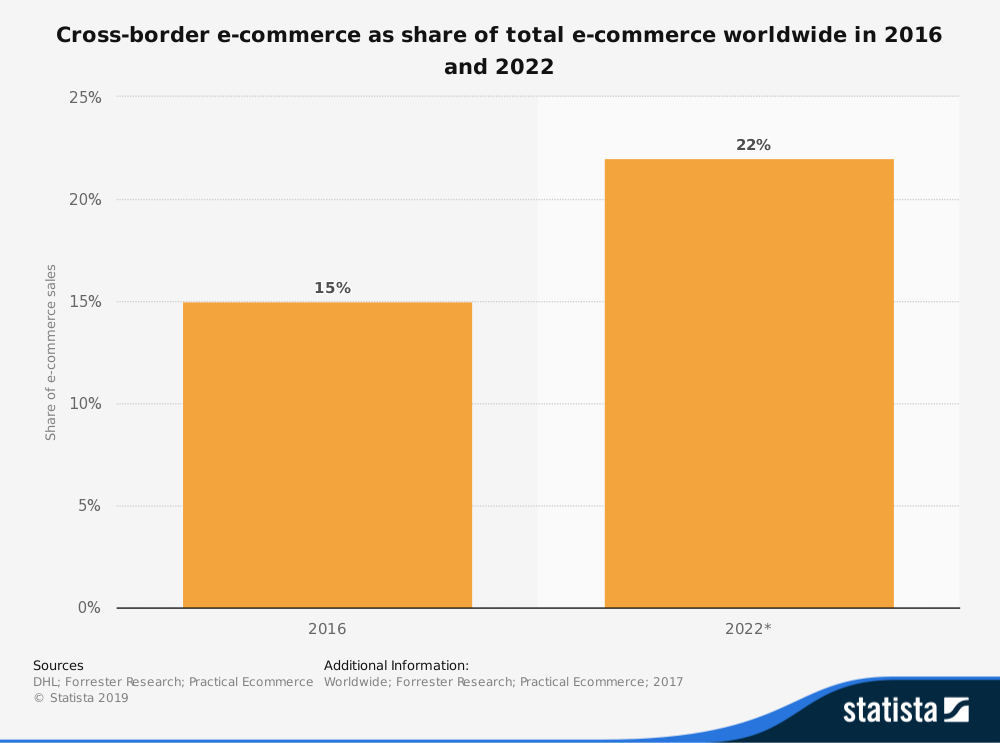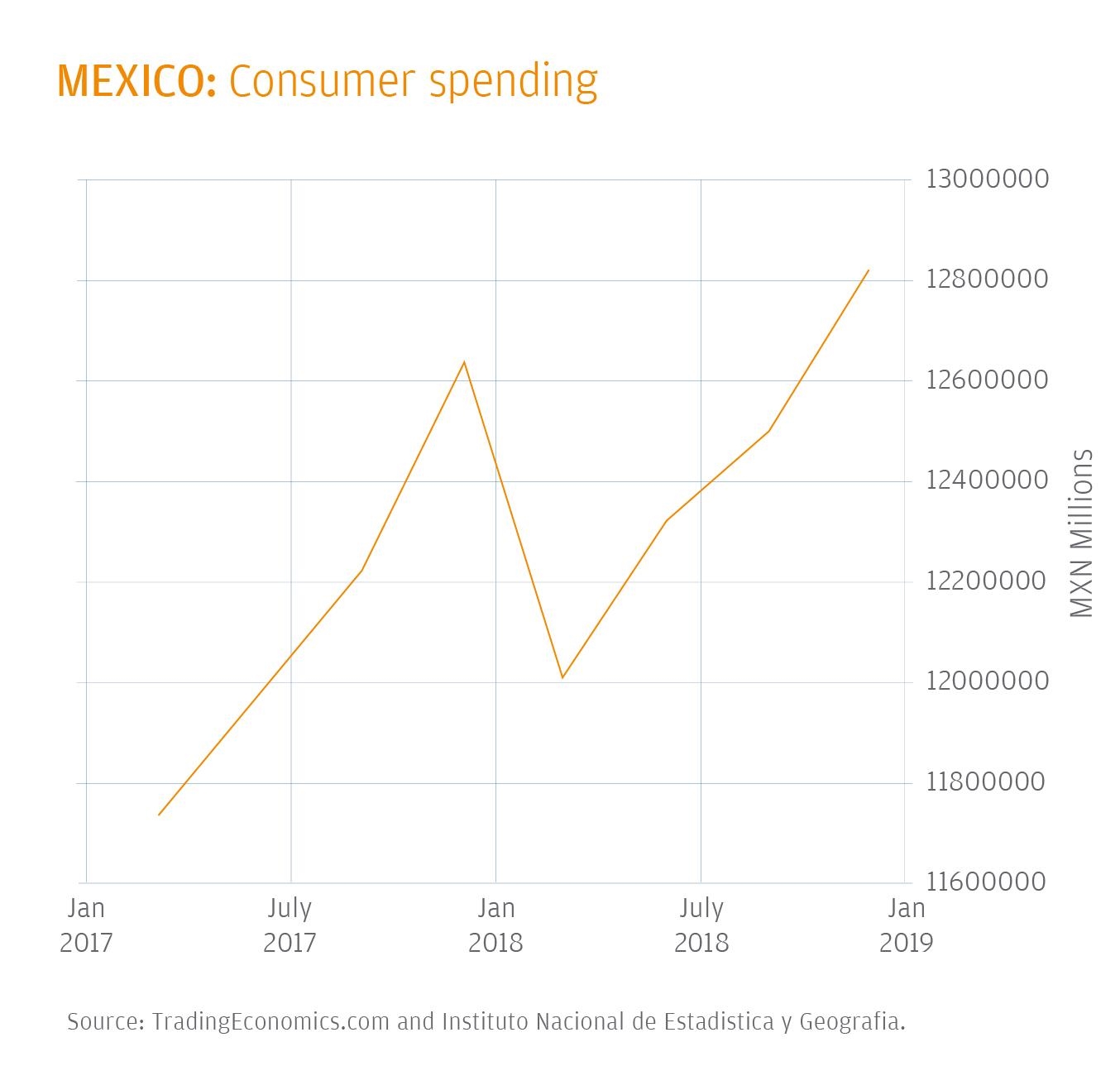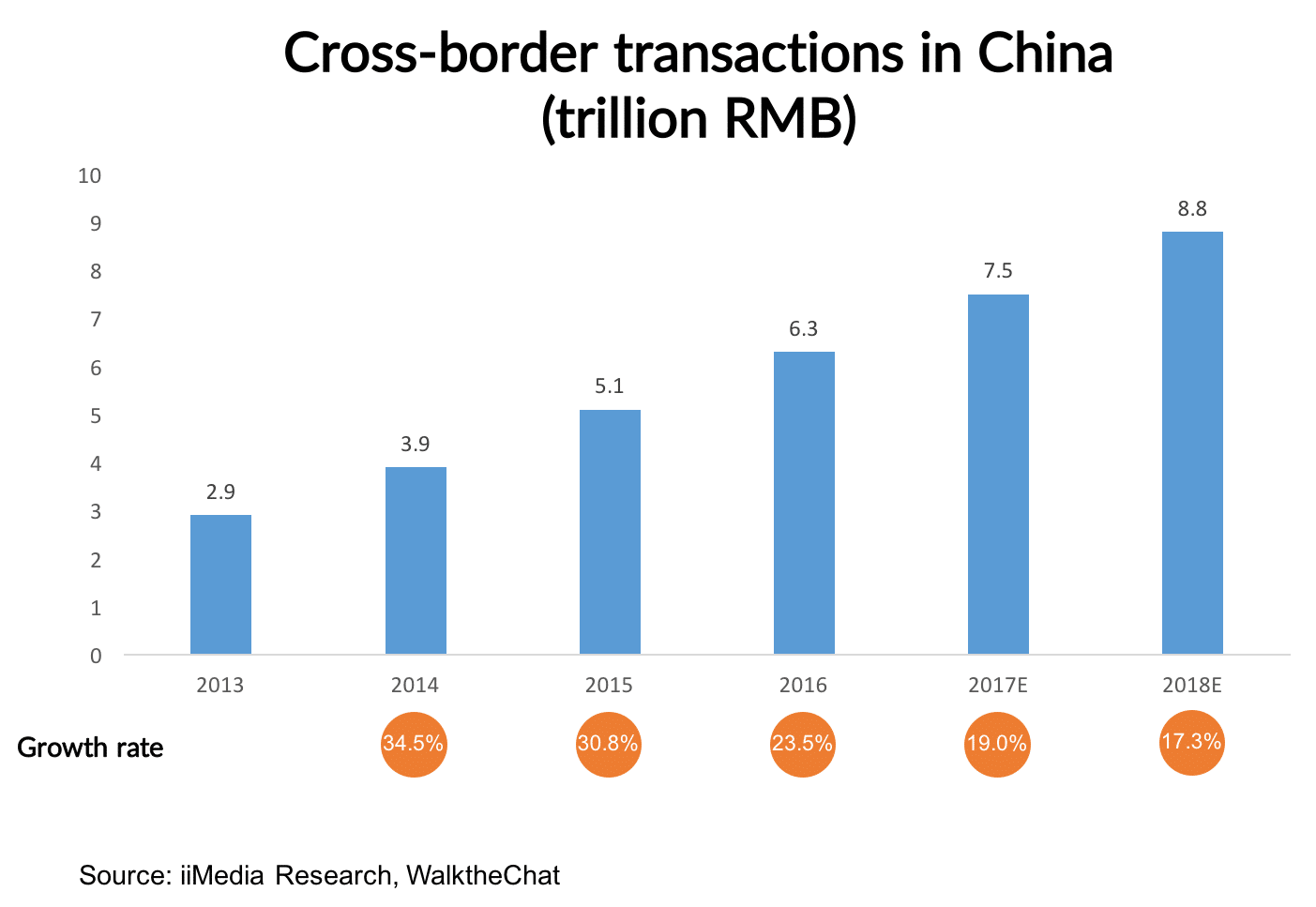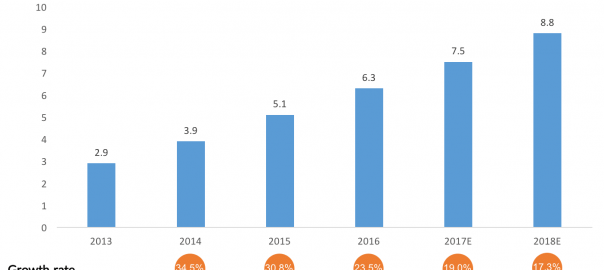Cross-border e-commerce has gained a large momentum due to customers buying products from other countries. There are many reasons why consumers would choose to buy from another country. Some of the reasons are shipping options, payment methods, product quality, and more. Since online customers can choose their sellers anywhere on the globe, brands and retailers have felt the need to exhibit their products to a worldwide market.
Cross-border e-commerce is when a consumer trades online with a business based in a different country. This is usually a brand or wholesaler who uses an inventory management system, to deliver outside of their own nation. It may also be when a business or brand trades with a consumer or when two private individuals trade, through channels like Amazon or eBay.

The sudden increase of cross-border e-commerce is due to the growth of a young, metropolitan population who rely heavily on technology. Forrester, a research firm, reports that the value of cross-border e-commerce is likely to rise to $ 627 billion by 2022, making it a total of 20% of e-commerce as a whole.
Why then, might online retailers be tempted to cross the cross-border frontier?
Advantages of Cross-border e-commerce
It strives in difficult economies
In 2010 and 2011, the Greek online market had a steady growth of 40-50%. Spain also had an annual increase of 18% and Italy of 16%. That’s in spite of those countries suffering the after effects of the global financial crisis. This pattern was also evident in other parts of the world.
The Credit Suisse Research Institute conducted a Consumer Survey across markets in Brazil, China, India, Indonesia, Mexico, Russia, Saudi Arabia, South Africa and Turkey. It revealed that the yearly online retail sales for all participating countries could rise up to $ 3.5 trillion and impact companies in retail, finance and technology.
Allows payment preferences
Cross-border online purchasers usually pay with a credit card. However, because this method is susceptible to fraud and lacks anonymity, many other payment methods have arisen over the last few years. PayPal is by far the most sought-after method across the globe. One of the reasons is because it permits buyers to make transactions in their own currency. It also boasts a favoured buyer protection policy, which puts its users at ease when shopping online.
Ecommerce businesses that decide to step into the cross-border territory would need to ensure they offer the payment methods best liked in the country they target. They would need to offer a number of payment services applicable to each market. For instance, Klarna is relevant for Scandinavia whereas Germany and The Netherlands offer ‘bill me later’ options.
Multi-site
A cross-border e-commerce business can have numerous B2B or retail sites. Each can have its own product catalogue and get managed using the tradeit e-commerce platform. Building and using several e-commerce sites is a fast and cost-effective way of getting into new markets and expanding your online presence.
Multi-warehouses
With cross-border e-commerce operations, a company can locate warehouses in many countries. Proper warehouse management becomes even more essential when expanding to multiple locations.
Software, like artificial intelligence, should be applied consistently throughout all warehouses to avoid some being more efficient whilst others fall below par. Having multiple locations, though, also brings benefits. One location could help answer a shortfall in stock at another, for instance. Certain territories, too, may be more cost-efficient locations for warehouses or logistics premises.
Possible risks
Like all big business decisions, choosing to explore cross-border e-commerce business could see you come across a few obstacles. It’s crucial to understand these to assess whether the step is one that it makes sense to take.
Buying habits
These differ from country to country. Thus, any business needs to give extra thought to how to operate in new territories. Issues surrounding payment in the local market currency and how best to deliver customer service are just two considerations. Traders that are looking to offer e-commerce internationally would do well to find a local partner. That may mean an e-commerce collaborator and platform that will enable them to deliver an intercontinental experience that captures local customers and boosts their exposure.
Fraud
The lines between geographic borders in e-commerce are hazy. Fraud is probably the greatest challenge faced by sellers who welcome customers from other countries. Thus, selecting a reliable payment service that is mindful of local customer behaviour is essential.
Logistics and reverse logistics
This is crucial and it can give local customers a negative view of your business if not handled well. Logistical challenges can mean that customers receive their items later than expected and aren’t able to track them. This may be because the products are handled by different logistics participants before they reach the customer. Thus, logistics that is dependable is essential for any business that is looking to capitalize on cross-border e-commerce.
Regulations
Traders would need to learn the regulations of their targeted country. That may require a rigorous examination of the local government and taxation requirements, as these could have a negative impact on their business.
Building an effective cross-border e-commerce strategy
Launching products to new markets can be difficult. You’ll need a comprehensive strategy if you’re going to succeed. This below questions are worth considering:
- Will you be able to ship to your target countries?
- How will product returns and exchanges be handled?
- What about customer service hours?
Identify and leverage the right channels
Customers must be able to view your products if they’re going to buy them. A varied retail method is therefore vital for intercontinental e-commerce. When determining the channels to leverage overseas, the following factors need to be considered:
- Products that are desired in other countries
- The favoured shopping and marketing channels in your target country
- The existing competition in the new markets
- The time and resources it will take to translate product details
Some channels are favoured more than others. Bing, for instance, is one of the greatest search engines in the U.S, but it is less used in Europe. Amazon, Ebay, and other third party retail channels, too, are more popular in some locations than others.
Thus, determining the relevant marketing and shopping channels within each market is a time-consuming process that’s well worth the effort. It will help to devise an effective cross-border e-commerce strategy that gives you the best chance of success.
Opportunities for cross-border e-commerce
If you are going to take the cross-border eccommerce plunge, where are the markets which represent the best opportunities? In 2016, 19% of the total online sales were made on non-domestic websites, most often in Germany, UK, Belgium, US and China.
Europe
Europe has high mobile usage. Over 54% of retailers predict mobile to be the primary source for placing orders by cross-border e-commerce shoppers.
The fastest growing e-commerce sector in France is cross-border purchases. Almost half of all French consumers frequently buy from cross-border traders. The big problem with French shoppers, however, is that their transactions are comparatively as compared to countries such as Germany, the UK and Belgium.
North America
Canada is a front runner in regards to cross-border shopping as they hold nearly 37% of the world’s cross-border consumers. The majority of Canadian e-commerce retailers do not ship to the United States or outsource their logistics activities to third-party service providers. Canadian e-commerce retailers are contemplating outsourced fulfillment options to progress to cross-border and other multinational markets.
The USA is still the most favored place for cross-border e-commerce. However, part of the share is taken by China, as a result of an increased fondness for Chinese goods. Payment methods, complying with regulations and logistics, particularly last-mile delivery are still a weighty challenge in this region.
Latin America

The e-commerce market in Mexico is growing at an unsteady rate. This is due to concerns about payment security. That’s a factor that is key to selling online. Amazon is collaborating with a local retailer to make sure that customers can purchase with cash. There is low competition and with time, Mexico could become the most prominent market in Latin American e-commerce.
The Middle East and Africa
The cross-border e-commerce market in this district is relatively small but is surfacing. Largely due to high available incomes and digital inflow. High trade barriers, red tape, altering regulations, and unpredictable currency exchange rates, pose a disadvantage to small cross-border eRetailers working in the region.
Nonetheless, with an excellent internet inflow and an outstanding infrastructure in the Middle East, cross-border e-commerce is ready to multiply at an exponential rate.

Cross-border e-commerce trade between Europe and Asia is worthy of attention, as products made in China are highly desired by consumers in the West. This is due to their bargain prices and diverse range, which encompasses everything from electronics to fashion.
Chinese cross-border e-commerce has a value of $ 60 billion. However, it could be adversely affected by legislation. It has attracted government intervention because brands use cross-border e-commerce to avoid the rules of their products with local agencies.
Cross-border e-commerce permits Chinese shoppers to purchase products online that are manufactured overseas and evade the laws. Confronted with pressure from retailers and the loss of tax revenue, the government has decided to mend the inconsistencies.
Since March 2016, the Chinese authorities have issued a string of orders. They’re broadly aimed at increasing normal import tariffs and statutory demands for goods imported to China through cross-border e-commerce channels. However, this new system caused an adverse reaction among cross-border traders both in China and overseas.
Cross-border e-commerce retailers hope that goods bought from abroad will continue to profit from the low tariffs and be exempt from regulatory demands.
Final thoughts
Taking your e-commerce business cross-border does pose some risks. The benefits for both consumers and traders, though, often outweigh the challenges. Consumers are able to purchase from the comfort of their mobiles from their favourite global sellers and at their preferred prices. Brands and wholesalers can pride themselves in their growing international presence. It is for these reasons that cross-border e-commerce is in the future of many online retailers.
Digital & Social Articles on Business 2 Community
(131)








